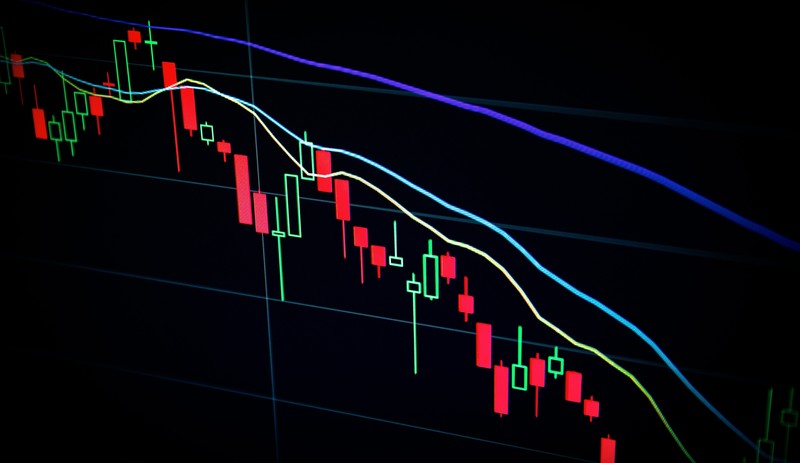Folks, Canada’s got a serious case of the ol’ “inverted yield curve.”
Catch-up: A yield curve measures the rate of return (the yield) that investments into government-issued debt (bonds) will pay out over time, from three months to thirty years.
- Bonds are supposed to age like fine wine (aka, their value goes up the longer they “mature”) because investors are rewarded for parking their money for longer.
But as of writing, the yield on two-year government-issued bonds is nearly a full percentage point higher (3.76%) than for ten-year bonds—it’s the widest gap since the early 1990s.
So, what’s happening here?
Yield curves gauge investors' confidence in the economy. When everyone wants a piece of the long-term bond market (seen as a safe place to park money amid a pretty dire short-term economic outlook), the demand drives their value down and “inverts” the yield curve.
Why it matters: Alarm bells are ringing around the news because inverted yield curves have been historically linked to oncoming recessions, but it's not a cause-and-effect relationship.
- “While most economists don’t see a major downturn ahead in Canada, growth is expected to stall in 2023, [which could lead to a] technical recession,” per BNN.
Zoom out: Just like World Cup fever, the inverted yield curve (caused by long-term yields pushing lower globally) is currently a worldwide phenomenon, hitting the US, EU, and others.
